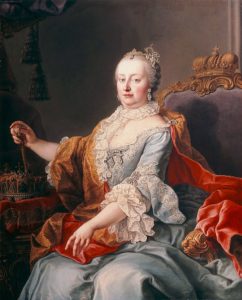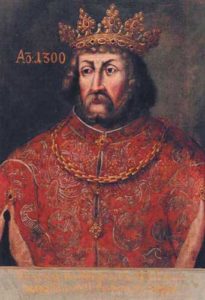
The 14th century, in particular the reign of the Bohemian king Charles IV (1316–1378), who in 1346 became King of the Romans and in 1354 both King of Italy and Holy Roman Emperor, is considered the Golden Age of Czech history. Of particular significance was the founding of Charles University in Prague in 1348, Charles Bridge, Charles Square. Much of Prague Castle and the cathedral of Saint Vitus in Gothic style were completed during his reign. He unified Brandenburg (until 1415), Lusatia (until 1635), and Silesia (until 1742) under the Bohemian crown. The Black Death, which had raged in Europe from 1347 to 1352, decimated the Kingdom of Bohemia in 1380, killing about 10% of the population.
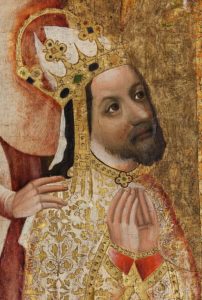
Bohemian Reformation started around 1402 by Jan Hus. Although Hus was named a heretic and burnt in Constance in 1415, his followers (led by warlords Jan Žižka and Prokop the Great) seceded from the Catholic Church and in the Hussite Wars (1419–1434) defeated five crusades organized against them by the Holy Roman Emperor Sigismund. Petr Chelčický continued with the Hussite movement. During the next two centuries, 90% of the population in Bohemian and Moravian lands were considered Hussites. Hussite George of Podebrady was even a king. Hus’s thoughts were a major influence on the later Lutheranism. Martin Luther himself said “we are all Hussites, without having been aware of it” and considered himself as Hus’s direct successor.
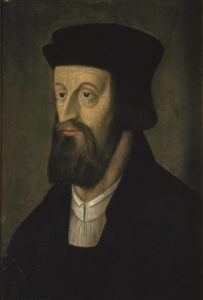
After 1526 Bohemia came increasingly under Habsburg control as the Habsburgs became first the elected and then in 1627 the hereditary rulers of Bohemia. The Austrian Habsburgs of the 16th century, the founders of the central European Habsburg Monarchy, were buried in Prague. Between 1583–1611 Prague was the official seat of the Holy Roman Emperor Rudolf II and his court.
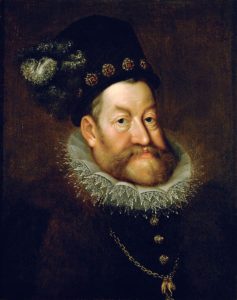
The Defenestration of Prague and subsequent revolt against the Habsburgs in 1618 marked the start of the Thirty Years’ War, which quickly spread throughout Central Europe. In 1620, the rebellion in Bohemia was crushed at the Battle of White Mountain, and the ties between Bohemia and the Habsburgs’ hereditary lands in Austria were strengthened. The leaders of the Bohemian Revolt were executed in 1621. The nobility and the middle class Protestants had to either convert to Catholicism or leave the country.
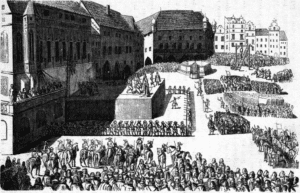
The following period, from 1620 to the late 18th century, has often been called colloquially the “Dark Age”. The population of the Czech lands declined by a third through the expulsion of Czech Protestants as well as due to the war, disease and famine. The Habsburgs prohibited all Christian confessions other than Catholicism. The flowering of Baroque culture shows the ambiguity of this historical period. Ottoman Turks and Tatars invaded Moravia in 1663. In 1679–1680 the Czech lands faced the devastating Great Plague of Vienna and an uprising of serfs.